19+ Elimination Disorders Dsm-5 Pdf
Also known as urinary. Diagnostic and Statistical Manual of Mental Disorders Fifth Edition.
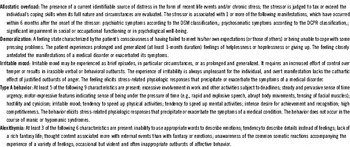
The Clinical Inadequacy Of The Dsm 5 Classification Of Somatic Symptom And Related Disorders An Alternative Trans Diagnostic Model Cns Spectrums Cambridge Core
DSM-5 Personality Disorders This chart arranges personality disorder symptoms according to the new DSM-5 Diagnostic Statistical Manual of Mental Disorders 5th Edition American.

. DSM5 Elimination Disorders Introduction Inappropriate elimination of urine or feces Usually first dx in childhood or adolescence Minimum age requirements Based on developmental. Affecting between 15 and 75 of youth between 6 and 12 years of age and accounting for upward of 25 of visits to a pediatric gastroenterologist and 3 to 6 of psychiatry referrals. Elimination disorders are common in childhood and adolescence.
Enuresis is defined as wetting from the age of 5 years and encopresis as soiling from 4 years onwards--after excluding. Given the physiological concomitants of both enuresis and encopresis and. American Psychiatric Association 2013.
These normal bodily processes can go awry in. Enuresis is defined as wetting from the age of 5 years and encopresis as soiling from 4 years onwards--after excluding. Enuresis is the persistent inability to control urination that is not consistent with ones development age.
For Eating Disorders AED impact the lives of people across the globe. Elimination disorders are common in childhood and adolescence. The behavior is clinically significant as.
This factsheet is based on information obtained from the DSM-5. The chapter on elimination disorders is the second of four DSM-5 chapters that explicitly deal with variations of normal bodily processes. Code 78839 N39498 for other specified.
Elimination Disorders Enuresis Diagnostic Criteria. AED members from public private academic and government sectors are dedicated to providing leadership in. Numerical Listing of DSM-5 Diagnoses and Codes ICD-10-CM DSM-5 Advisors and Other Contributors DSM is the manual used by clinicians and researchers to diagnose and classify.
The child may also lose control of bowel movements. This is done by recording other specified elimination disorder followed by the specific reason eg low-frequency enuresis. Repeated voiding of urine into bed or clothes whether involuntary or intentional.
This occurs when a child soils their clothing or other inappropriate items without signs of. Pediatric elimination disorders are common in childhood yet psychosocial correlates are generally unclear.

Rhenium Selenide Clusters Containing Alkynyl Ligands Unexpected Reactivity Of S Bound Phenylacetylide Organometallics

Paraphilias From Diagnosis To Treatment

Neural Correlates Of Inhibitory Control In Relation To The Degree Of Substance Use And Substance Related Problems A Systematic Review And Perspective Sciencedirect
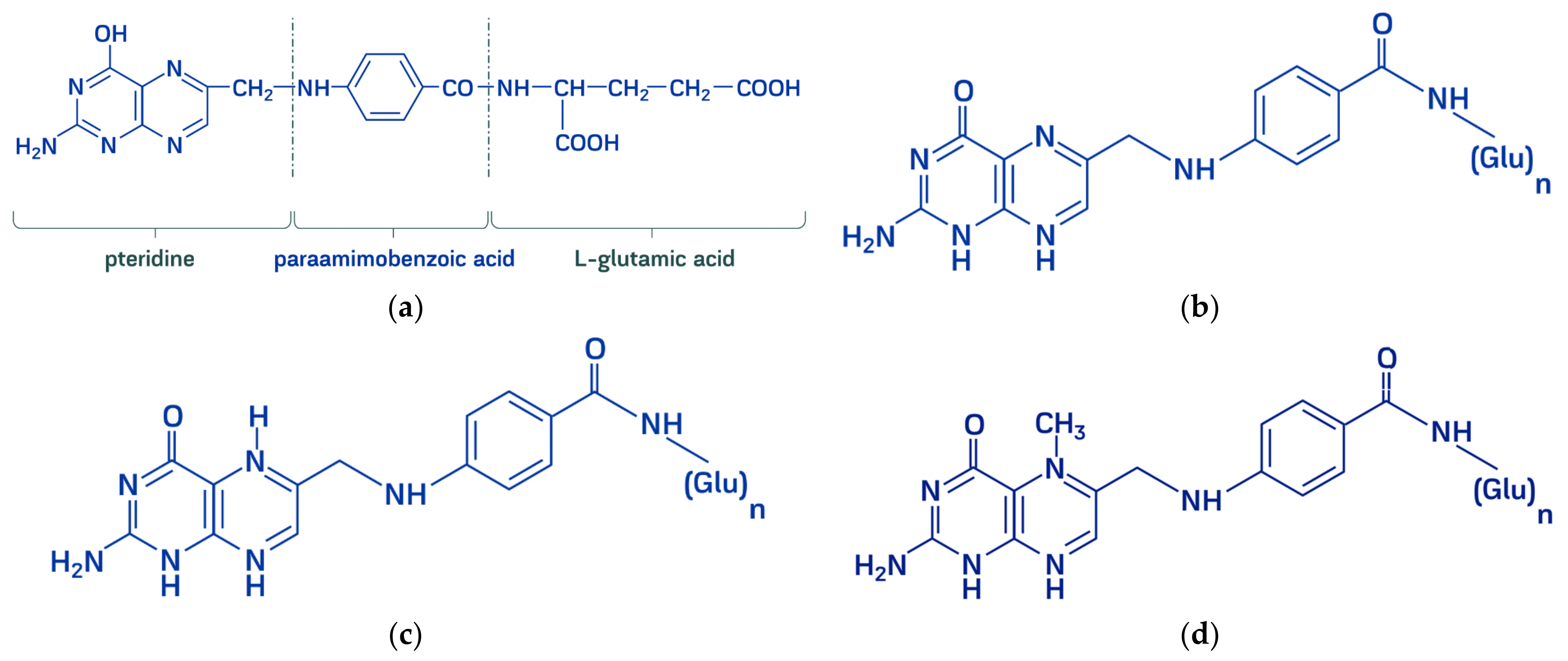
Molecules Free Full Text The Concept Of Folic Acid In Health And Disease

2019 Acc Aha Guideline On The Primary Prevention Of Cardiovascular Disease A Report Of The American College Of Cardiology American Heart Association Task Force On Clinical Practice Guidelines Circulation

Similarities And Differences Between Icd 10 Dsm Iv And Dsm 5 Download Table

View Image
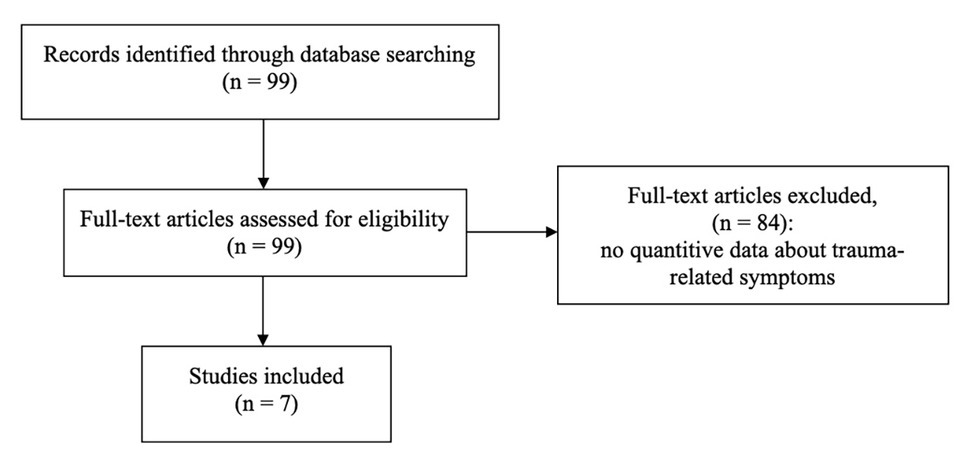
Frontiers Traumatic Stress In Healthcare Workers During Covid 19 Pandemic A Review Of The Immediate Impact

Elimination Disorder Dsm V
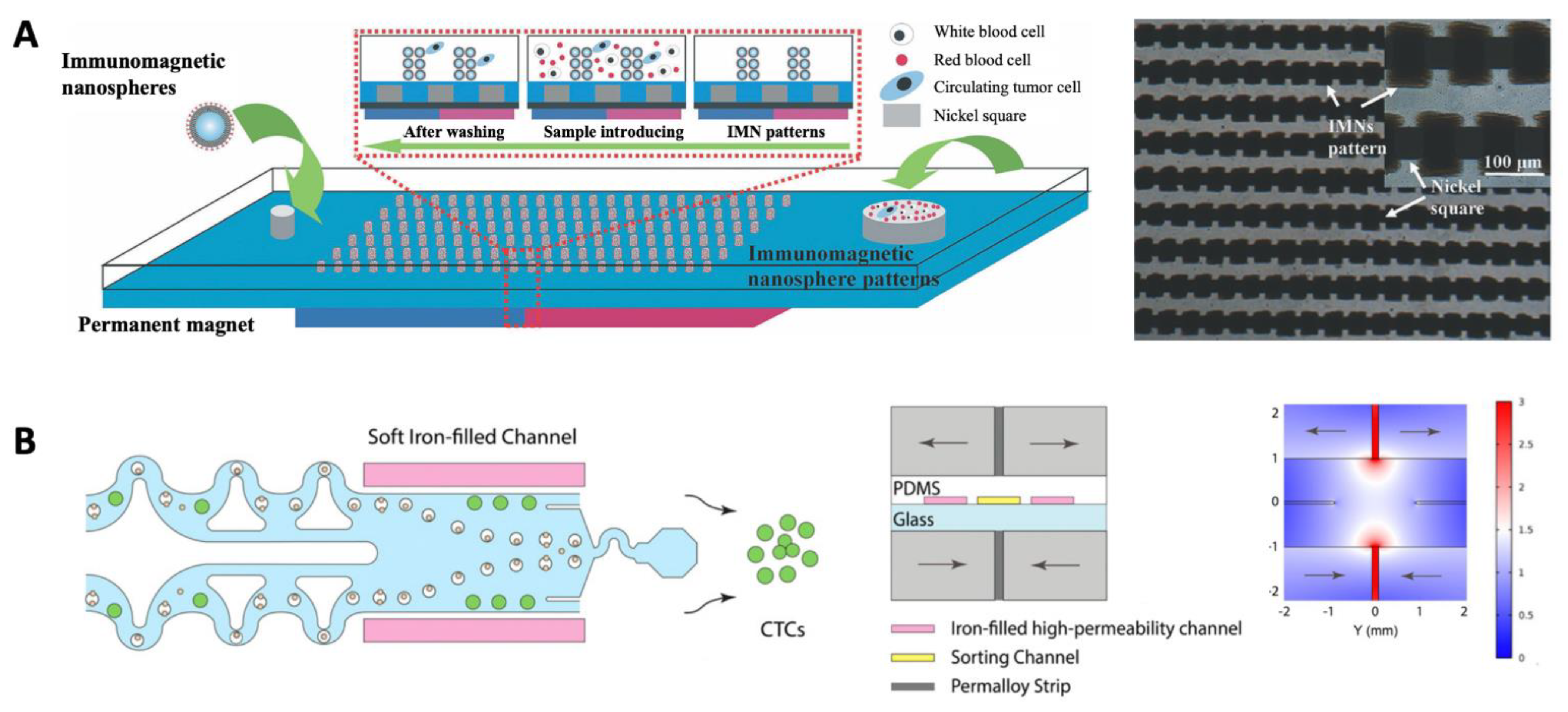
Magnetochemistry Free Full Text Basic Principles And Recent Advances In Magnetic Cell Separation

Pdf Elimination Disorders In Children And Adolescents Semantic Scholar
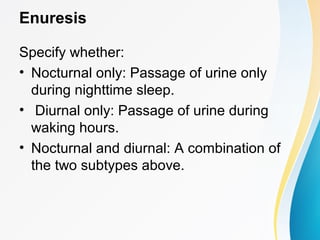
Elimination Disorder Dsm V
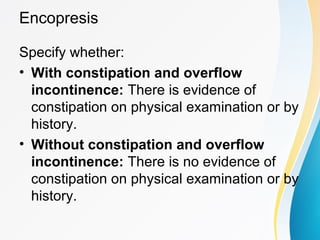
Elimination Disorder Dsm V
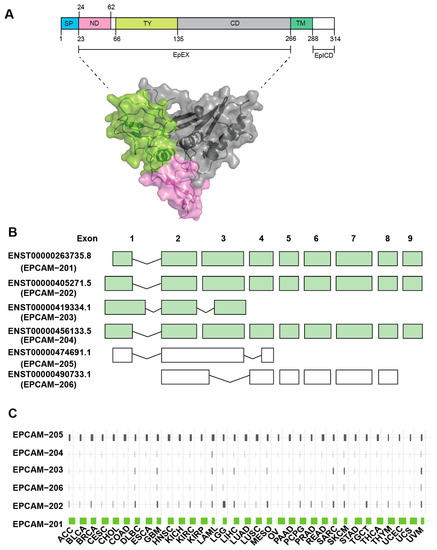
Biomolecules Free Full Text Revisiting The Roles Of Pro Metastatic Epcam In Cancer
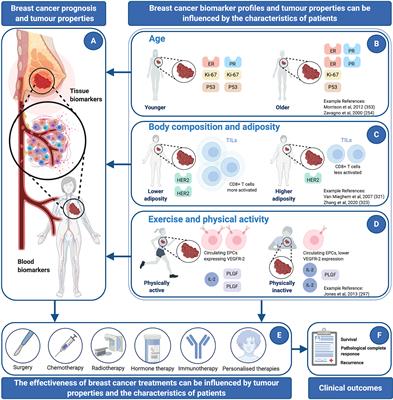
Frontiers A Phenomic Perspective On Factors Influencing Breast Cancer Treatment Integrating Aging And Lifestyle In Blood And Tissue Biomarker Profiling

Pdf Elimination Disorders In Children And Adolescents Semantic Scholar
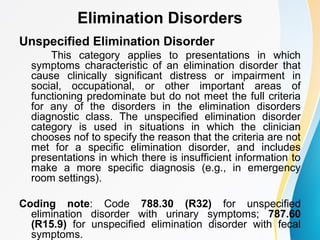
Elimination Disorder Dsm V